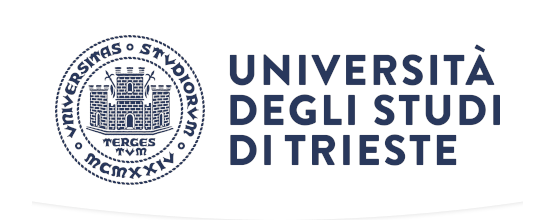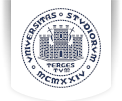The main objective is to provide graduates with the ability to understand the potential and the limits of geophysical investigation and diagnosis methodologies and tools, and the ability to use and develop the physical, mathematical and calculation tools which, together with other geoscience, physics and engineering methodologies allow the study, exploration and understanding of the Earth and the processes active within it, at various spatial and temporal scales, for both scientific and applied purposes. Graduates of the master's degree course in 'Geophysics and Geodata' will acquire:
- a solid basic cultural preparation in physics, mathematics and computer science;
- an integrative knowledge of geology, physics and mathematics for the purpose of understanding geophysical methods and areas of application in Earth Sciences;
- an integrative knowledge for the purposes of processing geophysical data;
- an adequate mastery of the scientific methods of geophysical investigation, such as seismological, electrical, electromagnetic, gravimetric, magnetometric and ground penetrating radar methods, and of data analysis and interpretation techniques in order to obtain useful information on the structure of the Earth's interior, on active processes and on the evolution of the Earth system, on the physical characteristics of materials, on subsoil resources (such as water, heat, minerals), on the risks linked to the structure and evolution of the Earth (earthquakes, eruptions, tsunamis, collapses and landslides, migration and contamination of fluids), on the dynamics of fluids underground and on the surface;
- the ability to develop and use geophysical and mathematical tools applied to the study of the Earth's interior and the processes active within it both on a large and small scale, to research, to the monitoring and extraction of natural resources, to the study and to the prevention of natural and environmental risks, to the exploration of large terrestrial geological structures, to prospecting for the design and construction of large engineering works, to non-destructive investigations for rescue archaeology, and for the maintenance and safety of buildings and urban underground infrastructure;
- laboratory and field skills including the practical use of geophysical survey instruments, numerical signal processing methodologies, modelling of geophysical phenomena,
surveying using innovative topographic and satellite techniques, and visualization and interpretation of the results;
- the ability to plan and carry out geophysical investigations, including both field activities and numerical processing activities in the laboratory, interacting with other professionals operating in the field of geosciences and engineering and identifying the optimal prospecting methodologies both from a technical and economic point of view;
- the ability to use, in written and oral form, at least one European Union language in addition to Italian, also with reference to technical terminology.
The training path initially involves balancing the different student backgrounds, typically from bachelor's degrees in Geological Sciences, Physics, Engineering and Environmental Sciences. This balancing occurs in the first year, through complementary courses in Mathematics and Physics for graduates in geological sciences and environmental sciences and in the fundamentals of geology and tectonics for graduates in physics and engineering. Once they have finished this foundation path, students then have the possibility to choose a training path that will lead them to a degree thesis of a more theoretical-methodological or applicative nature. In particular, among the elective and related/integrative courses, they have at their disposal topics that address geophysical problems from the point of view of potential methods, seismology, exploration geophysics (seismic, ground penetrating radar, electrical and electromagnetic methods), fluid dynamics, signal analysis, and development of data processing codes. Other courses of an applicative nature (e.g. Exploration Seismology) are the starting point for a degree thesis that addresses aspects of data acquisition, processing and interpretation deriving from geophysical explorations at great and small depths. The close relationship with the Departments of Physics and of Engineering and Architecture of the University of Trieste, with ENI (Ente Nazionale Idrocarburi), with the National Institute of Oceanography and Experimental Geophysics and with the International Centre for Theoretical Physics of Trieste also allows us to develop theses in joint supervision on a wide range of theoretical and applied topics.


